SUMMARY
This is AI generated summarization, which may have errors. For context, always refer to the full article.
![[OPINION] Diocese of Bacolod v. Comelec: Giant tarps, free speech, and democratic disruption](https://www.rappler.com/tachyon/2022/02/comelec-private-property.jpg)
The ongoing Comelec drive to take down election-related posters includes those displayed on private property that exceed the maximum size of 2” x 3” prescribed in Comelec Resolution No. 10730. Pushback and resistance from the campaigns have been immediate and audible. This contention focuses the spotlight on the 2015 decision of the Supreme Court en banc in Diocese of Bacolod vs. Comelec (GR No. 205728, 21 January 2015).
This decision, penned by Justice Marvic Leonen, involved the right of the Diocese of Bacolod to display on its own compound two tarpaulins advertising the Roman Catholic Church’s stand against the Reproductive Health Law and listing candidates in the 2013 mid-term elections who were either for or against the statute. The basic facts are simple and straightforward:
“On February 21, 2013, petitioners posted two (2) tarpaulins within a private compound housing the San Sebastian Cathedral of Bacolod. Each tarpaulin was approximately six feet (6′) by ten feet (10′) in size. They were posted on the front walls of the cathedral within public view. The first tarpaulin contains the message “IBASURA RH Law” referring to the Reproductive Health Law of 2012 or Republic Act No. 10354. The second tarpaulin is the subject of the present case. This tarpaulin contains the heading “Conscience Vote” and lists candidates as either “(Anti-RH) Team Buhay” with a check mark, or “(Pro-RH) Team Patay” with an “X” mark. The electoral candidates were classified according to their vote on the adoption of Republic Act No. 10354, otherwise known as the RH Law. Those who voted for the passing of the law were classified by petitioners as comprising “Team Patay,” while those who voted against it form “Team Buhay.”
Then as now, measured against the maximum dimensions for election paraphernalia prescribed in pertinent Comelec regulations, 6” x 10” tarps are certainly “outsized.” Thus, because of its immediate and obvious relevance, Diocese has been repeatedly referred to, and invoked, in recent pronouncements both from Comelec and from the legal teams protesting the takedowns.
A clear understanding of this decision is indeed critical in at least two senses. To begin with, in the immediate sense, citizens and campaigners, as well as Comelec and law enforcement agencies, must know what they can, and cannot do, in the remaining days of this campaign period. There must be an accurate, across-the-board understanding of the true dimensions of the campaign window opened by Diocese.
More than just an authoritative election guideline, however, Diocese is an extraordinary invitation for Filipinos to reverse the traditional dynamic of election speech and conduct. It is an exhortation to the electorate not merely to listen passively to what the candidates and parties have to say, but to re-discover its own voice, to freely tell the candidates and parties what matters most to them. It is, in short, an invitation to popular and democratic empowerment. In the Court’s own words:
“…Too often, the terms of public discussion during elections are framed and kept hostage by brief and catchy but meaningless sound bites extolling the character of the candidate. Worse, elections sideline political arguments and privilege the endorsement by celebrities. Rather than provide obstacles to their speech, government should in fact encourage it. Between the candidates and the electorate, the latter have the better incentive to demand discussion of the more important issues. Between the candidates and the electorate, the former have better incentives to avoid difficult political standpoints and instead focus on appearances and empty promises.
“Large tarpaulins, therefore, are not analogous to time and place. They are fundamentally part of expression protected under Article III, Section 4 of the Constitution.”
From these insights and to give effect to the constitutional command to accord the greatest protection to free expression, and to political speech in particular, the Court articulated the law in this way:
“Regulation of speech in the context of electoral campaigns made by persons who are not candidates or who do not speak as members of a political party which are, taken as a whole, principally advocacies of a social issue that the public must consider during elections is unconstitutional. Such regulation is inconsistent with the guarantee of according the fullest possible range of opinions coming from the electorate including those that can catalyze candid, uninhibited, and robust debate in the criteria for the choice of a candidate.”
Turning to more immediate and practical concerns, the following questions are most probably foremost in the minds of many conscientious Filipinos involved in these elections, whether as voters, campaign workers, Comelec officials, or law enforcers. For them, the answers supplied by Diocese will be instructive.
Q: ISN’T THE COMELEC REGULATION CLEAR, THAT EVEN TARPS DISPLAYED IN PRIVATE PROPERTY CANNOT EXCEED 2” X 3”?
A: These maximum dimensions for tarps, whether in private or public places, are applicable only to election paraphernalia. Tarps that primarily express advocacies or opinions on matters important to the voter are not election paraphernalia, however, even if they incidentally exhort other members of the electorate to vote for or against particular candidates or parties. These tarps contain constitutionally protected speech that lie beyond Comelec’s regulatory reach. Again, as the Court said, regulation of election-related speech by non-candidates that are “principally advocacies of a social issue that the public must consider” is unconstitutional. By necessary implication, tarps displayed on private property which are not election paraphernalia because they mainly advocate on issues, may exceed 2” x 3” in size.
Q: BUT WHAT ABOUT THE USUAL TARPS THAT ASK THE PUBLIC TO VOTE FOR A PARTICULAR CANDIDATE OR PARTY?
A: These traditional “vote for” tarps are election paraphernalia that are subject to Comelec size regulation. Therefore, even if displayed in private property, they cannot exceed the maximum prescribed dimensions of 2” x 3”.
“Regulation of election paraphernalia will still be constitutionally valid if it reaches into speech of persons who are not candidates or who do not speak as members of a political party if they are not candidates, only if what is regulated is declarative speech that, taken as a whole, has for its principal object the endorsement of a candidate only. xxx”
These distinctions between “vote for” and “advocacy” tarps, and between election paraphernalia and expressions of advocacy and opinion, are critical. The Court itself dwelt at length on this matter:
“The message of petitioners in this case will certainly not be what candidates and political parties will carry in their election posters or media ads. The message of petitioner, taken as a whole, is an advocacy of a social issue that it deeply believes. Through rhetorical devices, it communicates the desire of Diocese that the positions of those who run for a political position on this social issue be determinative of how the public will vote. It primarily advocates a stand on a social issue; only secondarily — even almost incidentally — will cause the election or non-election of a candidate.
The court continues:
“The messages in the tarpaulins are different from the usual messages of candidates. Election paraphernalia from candidates and political parties are more declarative and descriptive and contain no sophisticated literary allusion to any social objective. Thus, they usually simply exhort the public to vote for a person with a brief description of the attributes of the candidate. For example ‘Vote for [x], Sipag at Tiyaga,’ “Vote for [y], Mr. Palengke,’ or ‘Vote for [z], Iba kami sa Makati.’”
Given the remarkably detailed description of constitutionally protected “advocacy” and “opinion,” tarps that merely banner the slogans and catchphrases usually devised and deployed by parties and candidates will not suffice to remove them from the reach of Comelec regulation.
Q: DOES THIS MEAN THAT A PARTY OR CAMPAIGN ORGANIZATION CAN DISTRIBUTE “ADVOCACY” TARPS AND DIRECT ITS CAMPAIGN WORKERS TO ARRANGE FOR THEIR DISPLAY IN PRIVATE PROPERTY?
A: No, this may not be done. Constitutionally protected “advocacy” that may not be interfered with by Comelec must truly and authentically emanate from the electorate. “Advocacy” tarps sponsored in any way by candidates or campaign organizations must submit to Comelec regulation, including size regulation, even if displayed exclusively in private property.
In upholding the right of the Diocese of Bacolod to display its outsized tarps, the Court invoked the clear limitation imposed by law on the extent of Comelec regulation, and then declared those large “Team Patay/Team Buhay” tarps as exempt from such regulation because they were found not to have been paid for by any candidate or party. Thus:
“These provisions show that election propaganda refers to matter done by or on behalf of and in coordination with candidates and political parties…xxx The tarpaulin was not paid for by any candidate or political party. There was no allegation that petitioners coordinated with any of the persons named in the tarpaulin regarding its posting. On the other hand, petitioners posted the tarpaulin as part of their advocacy against the RH Law.”
Q: ISN’T COMELEC REGULATION OF TARPS IN PRIVATE PROPERTY A VIOLATION OF PROPERTY RIGHTS THAT ARE PROTECTED UNDER THE CONSTITUTION?
A: Not always. The definitive element is still the content of the tarp. A tarp displayed on private property that primarily contains advocacy is not subject to Comelec size regulation. In contrast, a “vote for” tarp will always be subject to regulation and must conform to the prescribed 2” x 3” maximum dimensions, even if this is displayed in private property. The constitutional protection of property rights, and the greater limitation upon state interference in such rights, are triggered when they are coupled with a “liberty” interest (the property owner’s interest in the free expression of his advocacies and opinions). As noted by the Court, the guarantee of free speech is rendered meaningless, if there is no protected space (the private property) within which the speech can be made:
Freedom of expression can be intimately related with the right to property. There may be no expression when there is no place where the expression may be made. Comelec’s infringement upon petitioners’ property rights as in the present case also reaches out to infringement on their fundamental right to speech.
Respondents have not demonstrated that the present state interest they seek to promote justifies the intrusion into petitioners’ property rights. Election laws and regulations must be reasonable. It must also acknowledge a private individual’s right to exercise property rights. Otherwise, the due process clause will be violated.
Q: WHAT DOES ALL THESE MEAN FOR THE VARIOUS CONTENDING CAMPAIGNS?
A: For immediate and practical utility, it should be clear that Comelec may not take down outsized tarps displayed in private property when the following conditions are all met: (a) the tarp primarily advocates for a position on an issue relevant to the electorate even if it also, incidentally, invites people to vote for or against particular candidates; and (b) the tarp is displayed with the consent of the owner of the property, without any collusion with, or sponsorship by, any party or candidate.
Diocese is a powerful reiteration of the “primacy” accorded free expression in our hierarchy of constitutional values, and of the dictum that “(S)peech with political consequences is at the core of the freedom of expression and must be protected by this court.” But its true contribution to Philippine democracy is the disruption it proposes. It proposes that during elections, it is the voice of the voter, not the candidate’s, that should ring loudest. It is indeed a radical notion, most especially in the Philippines, that it should be the voter talking to the candidate about what truly matters, rather than the other way around.
Traditional campaigns run and engineered by elite political strategists and manned by veteran political operators, will have to suffer increasingly stringent Comelec control over almost all facets of the electoral exercise. On the other hand, campaigns based on grassroots initiative and authentic volunteerism will be in the best position to benefit from the democratic disruption Diocese invites us to. – Rappler.com
Add a comment
How does this make you feel?
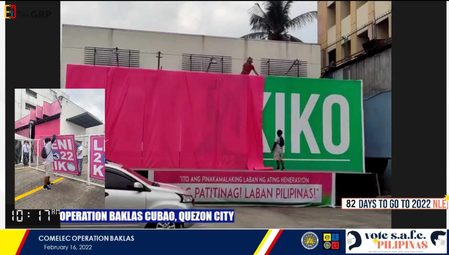
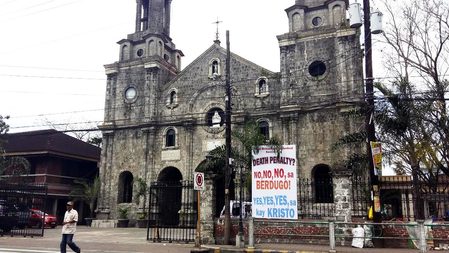
![[OPINION] Campaign posters: What’s illegal, what’s not?](https://www.rappler.com/tachyon/r3-assets/612F469A6EA84F6BAE882D2B94A4B421/img/809B42839B344500AB57CA06B38521EF/campaign-posters--whats-illegal-whats-not-february-25-2019.jpg?fit=449%2C449)
![[WATCH] In The Public Square with John Nery: Preloaded elections?](https://www.rappler.com/tachyon/2023/04/In-the-Public-Square-LS-SQ.jpg?resize=257%2C257&crop=414px%2C0px%2C1080px%2C1080px)
![[Newspoint] 19 million reasons](https://www.rappler.com/tachyon/2022/12/Newspoint-19-million-reasons-December-31-2022.jpg?resize=257%2C257&crop=181px%2C0px%2C900px%2C900px)

![[OPINION] The long revolution: Voices from the ground](https://www.rappler.com/tachyon/2022/06/Long-revolution-June-30-2022.jpg?resize=257%2C257&crop=239px%2C0px%2C720px%2C720px)
![[OPINION] I was called a ‘terrorist supporter’ while observing the Philippine elections](https://www.rappler.com/tachyon/2022/06/RT-poster-blurred.jpeg?resize=257%2C257&crop_strategy=attention)
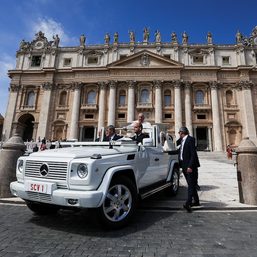
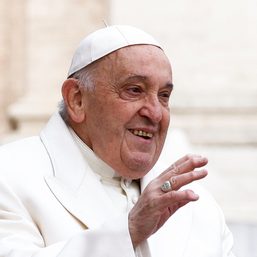
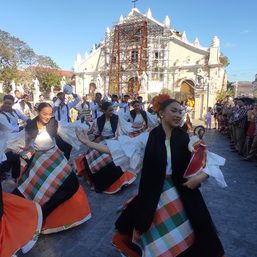
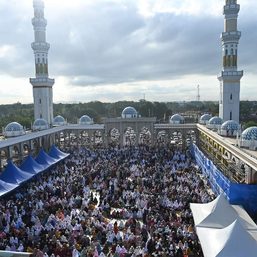
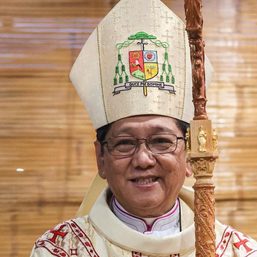
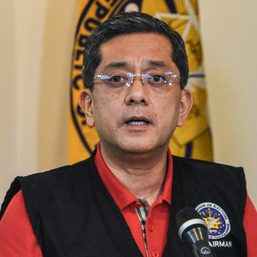
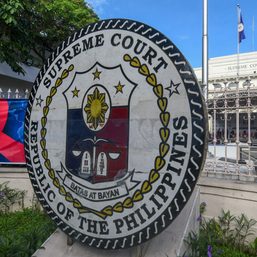
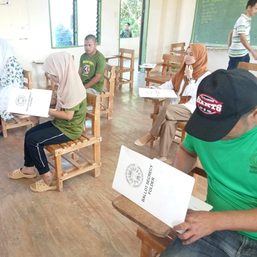
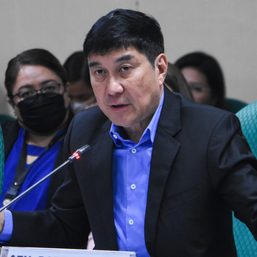


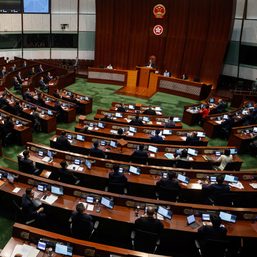
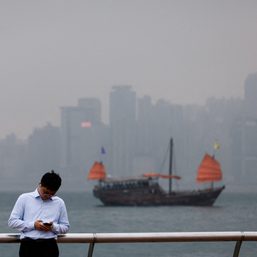
![[EDITORIAL] Dapat makinig si Marcos kay UN special rapporteur Irene Khan](https://www.rappler.com/tachyon/2024/02/animated-un-marcos-human-rights-elcac-carousel.jpg?resize=257%2C257&crop=327px%2C0px%2C720px%2C720px)
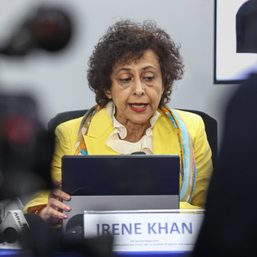
There are no comments yet. Add your comment to start the conversation.